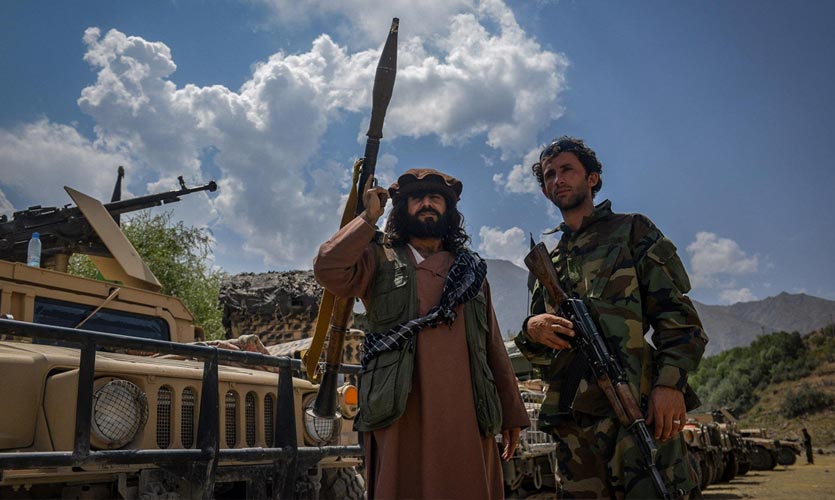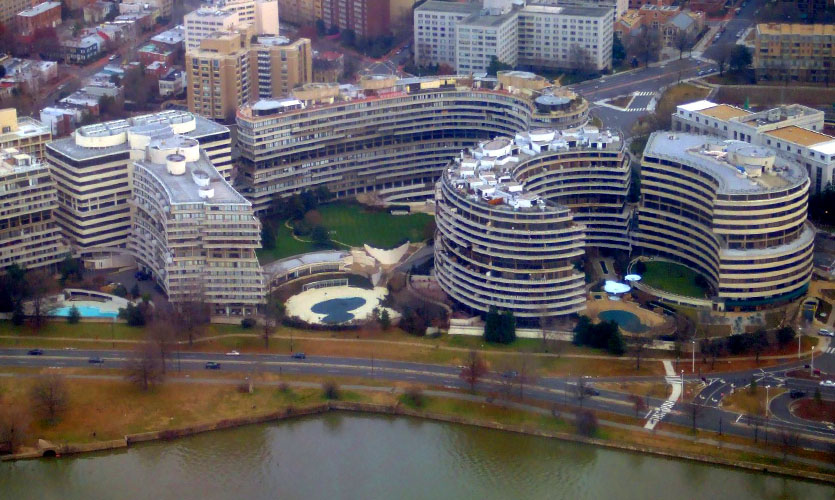The clouds of a decisive battle have gathered over Panjshir Valley, to witness a series of bloodshed and violence as the leadership of the resistance forces in Panjshir have declared not to bow down their heads before the Taliban.
With the fall of Kabul last Sunday, the Taliban seized control of the majority of Afghanistan and entered the Presidential Palace in the capital.
Despite the threats posed by the Deobandi Islamist group, the Panjshir Valley in the north has continued with its resolve, the last place within Afghanistan that might offer any active resistance to the Taliban. The Panjshir region is located 150 kms northeast of Kabul and hosts the deposed leaders of the former government including ex-defence minister Bismillah Mohammadi and the former vice-president Amrullah Saleh who declared himself as the caretaker President since former President Ashraf Ghani fled.
On Sunday, the Taliban, via a tweet said that hundreds of their fighters are heading to the Panjshir Valley which is currently the last battle ground for the Taliban to take over, and the last stronghold of resistance. This was despite the National Resistance Front’s Ahmad Massoud’s statement that he wanted to hold negotiations with the Taliban. Massoud has also said that he is ready to confront them as his forces are ready to fight against the extremist group.
Historically, the region of Panjshir Valley has never been conquered either by foreigners or by the Afghan insurgents. At present it remains a liberated zone and was among the safest regions in the country during the NATO backed government’s presence from 2001-2021. The region has a population of almost 150,000 where most people belong to the Tajik ethnic group. Ahmad Massoud, who leads the National Resistance Front is the son of Ahmad Shah Massoud who was the key figure of resistance against the communist government in Kabul and the invasion of Soviet Union. He went on to become one of the most prominent and influential Mujahideen commander.
After the withdrawal of the Soviet Union, civil war broke out in Afghanistan and eventually the Taliban emerged as the only dominant force in the region. But even then the Northern Alliance led by Ahmad Shah opposed the Taliban’s rule and succeeded in holding the Panjshir Valley and almost all of the north-eastern Afghanistan up to the border of China and Tajikistan.
In 2001, Ahmad Shah Massoud was assassinated by the al-Qaeda affiliated members just two days before the attacks on the World Trade Centre, which eventually led to the war against terrorism initiated by the then US President George Bush.
Ahmad Shah’s son, Ahmad Massoud has said he is hoping to walk on his father’s footsteps. In a Washington Post editorial, Ahmad Massoud said, “We have stores of ammunition and arms that we have patiently collected since my father’s time, because we knew this day might come.” He added that apart from the local mujahidin he also has the support of many former Afghan army personnel who have joined this struggle with their equipment against the Taliban. Appealing to the US and its democratic allies, Ahmad Massoud has highlighted the importance of arms and urged for an imminent help to support them with weapons, ammunition and more supplies. Highlighting that the Taliban is not just a problem for Afghanistan, he added that under the group’s control, “the region will become ground zero of radical Islamic terrorism and plots against democracies will be hatched here once again”.
With the fall of Kabul, the Taliban has become the biggest dominant force in the region and it has significantly instilled fears amongst the civilians. The fall of Kabul is reminiscent of the 1996-2001 era under the Taliban’s rule where there was complete clampdown on simpler activities like cinema, music, etc. Under their authority, the primary victims were the women who were not allowed to access the public roads without a male guardian, and if found indulging in activities like accessing cinema, denouncing the burqa or raising their voice against the regime, they would face the unhinged wrath of the Taliban.
Read more: Afghan Women’s Troubles Come Full Circle
To avoid regular humiliation and violence, thousands of Afghan nationals have either already or are in the process of fleeing their nation. Distressing visuals from the Kabul airport continue to flood our screens as thousands of Afghans try to flee their war ravaged country.
All eyes are currently on Panjshir Valley to see if the Taliban could take over the region and create history by raising the flag of the Islamic Emirate of Afghanistan, or if it will face the rage of the Northern Alliance led by Ahmad Massoud and Amrullah Saleh.
It is not yet clear how strong the anti-Taliban resistance movement is and how the new regime in Kabul will react to it.
“If we can take the Taliban at their word, then Panjshir should be safe because the war in Afghanistan is over. The Taliban have pledged to stop using force, which suggests that they will leave areas not controlled by the Taliban alone. But we will have to wait and see,” Michael Kugelman, a South Asia expert at the Washington-based Wilson Center, told DW.
Kugelman further added that if any organised resistance forms in the Panjshir region, the Taliban would surely go and hunt them and it may not take them much time to defeat the resisting forces.










